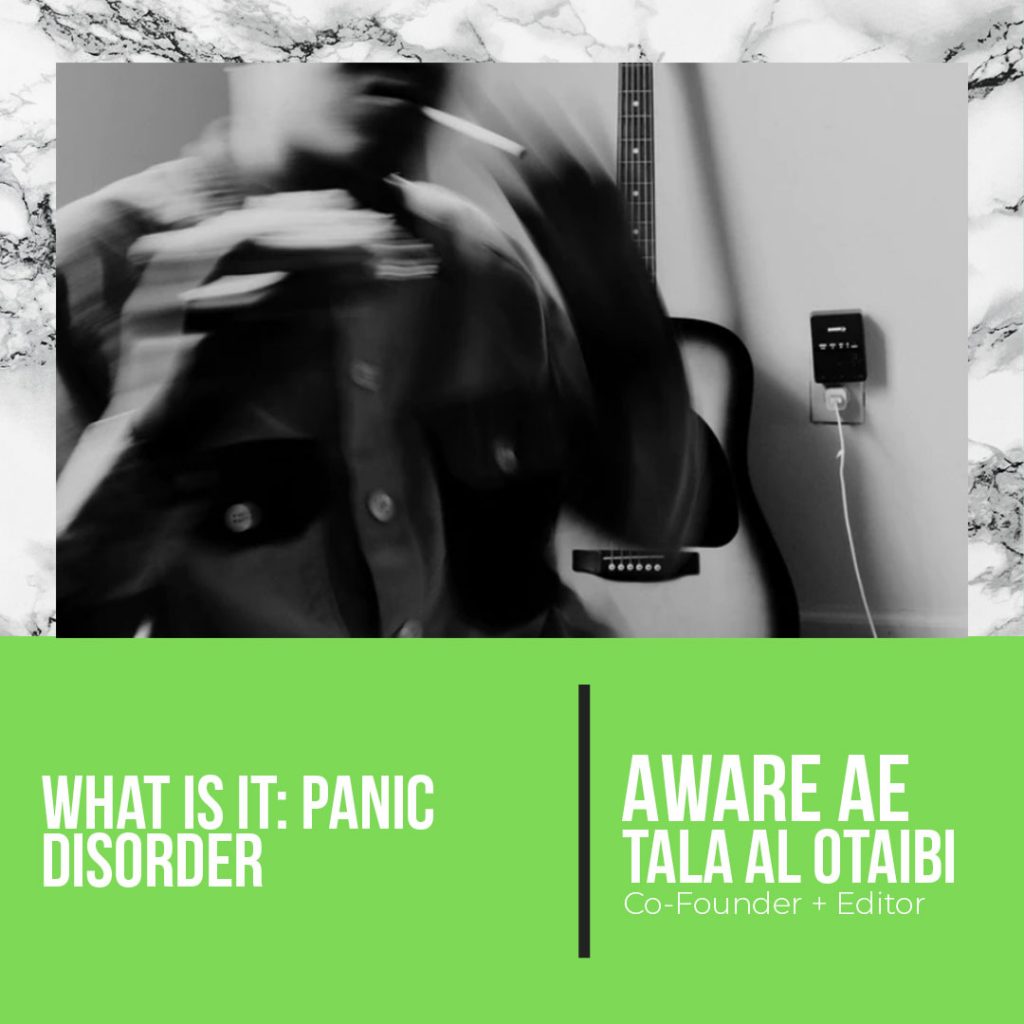Trigger warning: this article discusses an anxiety disorder.
Anxiety disorders, which vary in nature and manifestation, are characterized by anxiety. Anxiety, hence, is an emotional and physiological response to a sense of threat or danger. In that sense, our central nervous system activates such a response.
Panic Disorder
Panic disorder is an anxiety disorder that is characterized by “recurrent and unpredictable panic attacks.” Panic attacks, by definition, are “periodic and short bouts of panic.” Often, they reach a peak within only minutes until they gradually pass.
Such panic attacks include the following physical symptoms:
- Palpitations of the heart
- Tingling in the hands or feet and trembling
- Shortness of breath, chest pain, and dizziness
- Sweating, faintness, and choking sensations
- Feeling of unreality
While anyone can experience a panic attack at any point in their life, those with panic disorder tend to have them quite frequently and with no apparent reason. Furthermore, those with panic disorder tend to experience dysfunctional thinking changes in relation to their panic attacks. What that entails are continuous worries about future attacks, what those attacks mean, etc.
The Next Step
Panic attacks are not an easy thing to deal with. It is extremely crucial to be mindful and to educate one another about the general nature of these attacks. This is a crucial part of what cognitive therapists aim to do with those who are diagnosed with panic disorder.
Furthermore, it is very crucial that those who tend to experience such frequent panic attacks learn techniques that would help them cope better with their anxiety. That, of course, includes various mindfulness, relaxation, and breathing techniques.
Source: Comer, R. J. (2010). Abnormal psychology. Macmillan.
